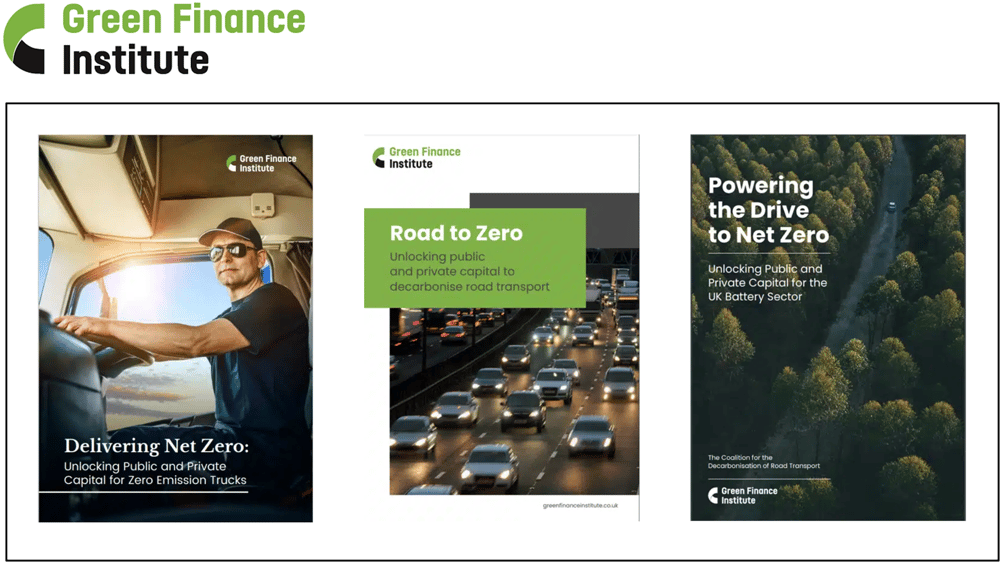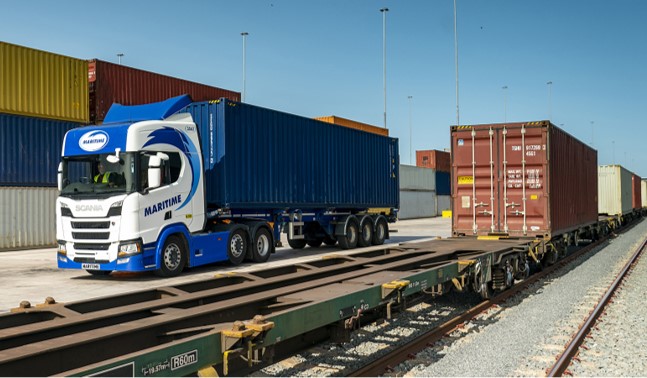The grocery sector has undoubtedly had a turbulent few years and current global economic and political instability promises the continued disruption to availability and demand patterns.
2024 predictions confirms that disruption of our supply chains is fast becoming the norm with:
- Continuing inflationary pressures
- Even with a potential decline in Consumer Price Index (CPI) and Retail Price Index (RPI) (circa 5%), logistics costs will remain challenging.
- Last year, fleet costs rose by approximately 20%, and underlying inflation in assets, tyres, fuel, and wages persists.
- Stretched margins
- Lack of stock visibility and consistency
- Logistics legislation to reduce carbon emissions
And with disruption comes sharp shifts in consumer behaviour, requiring supply chains to become even more agile to meet immediate concerns whilst being able to predict, prepare and respond to a rapidly evolving marketplace.
But in difficult times comes great opportunity. So, against this backdrop, what must our supply chains look like in the year ahead? Key focal areas:
- Embracing AI technology
- Logistics innovation
- Staffing resource and retaining talent
- Supplier and retailer collaboration
Increasing AI Integration in Supply Chains
In 2024, the integration of AI and automation will become more embedded and continue to transform supply chain and logistics operations.
Gartner: Through 2024, 50% of supply chain organizations will invest in applications supporting AI and advanced analytics to improve decision-making and predict future trends.
Gartner: "Increasing digital supply chain technology adoption will necessitate new IT-focused roles in supply chain management."
Forrester: “Despite consumer concern about ethics and human impact, 60% of sceptics will use and love generative Ai – knowing it or not.”
Growth of Warehouse Automation
Advisory firm Interact Analysis predicts the mobile robotics market could grow from approximately $3.6 billion in 2021 to $18 billion in 2025.
We viewed the benefits of warehouse automation firsthand this year, when our chilled supplier group visited Tesco’s new automated site and robotic picking solution in Peterborough.
Even high-volume pick-to-zero environments can be automated, and the benefits in terms of staff welfare, morale and productivity, as well as the impact on cage fill, store presentation standards and reduced store-transport, were evident.
AI Positively Impacting Customer Service
Forrester: “CX will improve for the first time in 3 years – with many of the improvements from behind-the-scenes GenAI.”
The integration of GenAI is set to substantially enhance customer service by providing faster and clearer responses, with potential evolution towards rules-based service models for sharing data.
Providing succinct and transparent data about availability and feasible options sooner, rather proposing what may be achievable day-to-day, will prevent confusion and build trust. Allowing us to step away from the chase to case.
Ai growth will also lead to more efficient digitisation and data cleaning and management in back-office operations.
AI Modelling Automation Techniques - Data Driven Agility and Real Time Supply Chain Visibility
The integration of AI and automation is allowing businesses to gain real-time visibility into their supply chain operations, allowing them to shape highly responsive and agile demand planning strategies, continually optimising inventory management and enabling more accurate demand predictions - leading to significant savings.
Increasing Focus on Sustainable Initiatives and Logistics Innovation
In the face of the climate emergency, consumers, shareholders and government are demanding increasingly urgent action in the form of the adoption of more environmentally friendly practices by reducing waste and emissions. The Green Finance Institute has published a series of reports on the decarbonisation of road transport and the radical action needed to unlock net zero - read more here.
Technological advancements like hydrogen power and electric vehicles (EVs) hold immense promise with EV’s beginning their integration. However, these available solutions in the near term, are currently of limited scale and therefore the sector must also focus on sustainable solutions that are realisable now:
- utilising alternative fuels
- optimising order patterns and vehicle fill
- reducing empty running and
- shifting more movement to rail and reducing packaging.
To learn from one another and unlock synergistic decarbonisation opportunities at scale collaboration between suppliers is essential.
Decarbonising Logistics Workgroup - Find out more about what suppliers are doing now to tackle this critical issue
Managing Staffing Resource & Retaining Talent
While the driver crisis seen in 2021 has abated, the sector has been operating at a ‘chronic low-level shortage’, typically experiencing a shortage every year at peak when driver requirements increase 60% in the build-up to Christmas. Have a read of The Grocer article ‘HGV Driver Shortages - How can another crisis be avoided’
With E-commerce volumes currently down and driver resource increased, demand is tame this Christmas. Staffing issues for warehouses have also lessened compared to last year.
Yet, the sector is not out of the woods. More must be done to improve retention, offering a more positive work-life balance through more flexible work arrangements, improving conditions, continuing to offer competitive compensation, and training opportunities.
To find out more on our FMCG workgroups tackling these key issues and embracing opportunities. Click here





